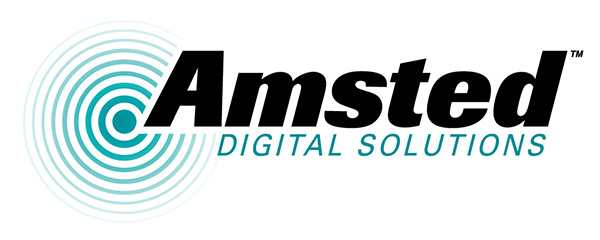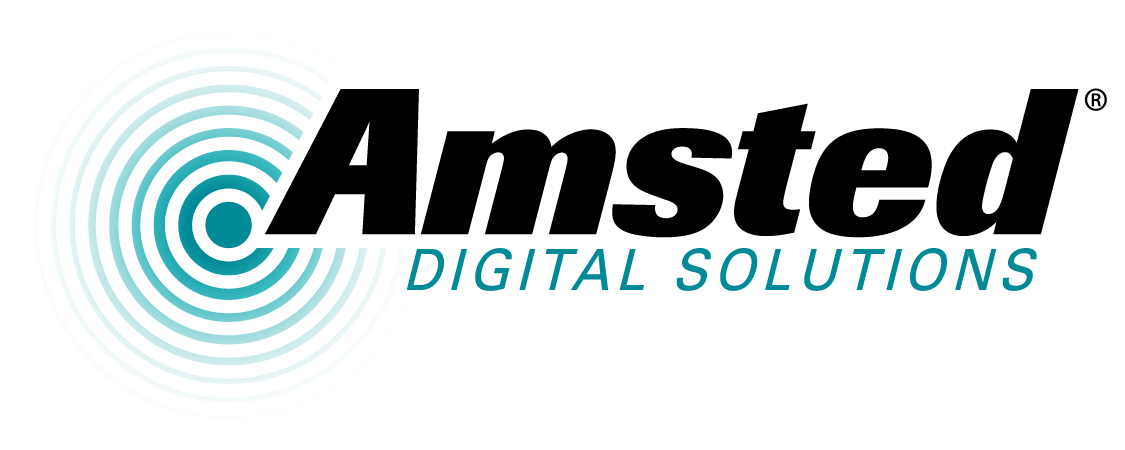According to IBISWorld, the rail maintenance industry in the US is worth $7 billion annually, sustaining more than 8,000 businesses. Rail traffic is on the uptick, and maintenance is crucial to the safe and efficient operation of any railcar fleet (owned or leased).
Typically, there are three criteria that can be used to schedule maintenance and repair work: mileage, time, and condition monitoring. Whatever approach you are using in your operations, the key is to stay on top of the data so you are prepared in advance – and don’t get caught off guard.
By using an integrated railcar logistic platform with flexible maintenance tracking and record-keeping, you can plan ahead and make the necessary arrangements to keep your goods moving.
Mileage Tracking
Unlike your family car, there isn’t a sticker on the windshield to warn you when it’s time to bring it in for repair based on the odometer reading. Fortunately, there’s something even better – and harder to ignore.
Mileage tracking is an automated feature of many logistics platforms. Information from the RFID tag on each individual railcar is automatically uploaded to the software. Alerts can be set to warn you of a pending maintenance schedule based on mileage.
Scheduled Maintenance Programs
Many fleets follow a calendar-based testing and maintenance schedule to ensure ongoing regulatory compliance. Most logistics packages make it easy to set alerts to remind you when a car is scheduled for maintenance based on the time elapsed since the last service. While time-based maintenance scheduling does not necessarily reflect actual usage, it provides a predictable schedule to follow.
Condition-Based Monitoring
While mileage and time are sound guidelines for scheduling maintenance, nothing beats the hands-on observations that can come from a physical inspection.
Software platforms that have the capability to connect with your yard and various data systems provide next-level monitoring. Rather than doing things with pen and paper, digital inspection reports can be recorded using hardware such as tablets equipped with barcode scanners, and camera/video devices to document issues. All information is uploaded right to the cloud-based software for immediate access and future reference. This dramatically cuts down on the challenges of lost or misplaced records that were tucked into the wrong file folder.
Managing Railcar Maintenance Costs
Using an advanced logistics platform with automated data collection and reporting lets your team upload Billing Repair Card (BRC) information directly from repair shops to the software database. This allows you to maintain a running electronic file of repair work along with accurate cost information. Best of all, it can be easily accessed by key team members throughout your organization with the click of a button. Having this visibility can prove invaluable for identifying issues with an individual railcar or even a particular repair shop.
A Coordinated Solution
Because you have to keep goods moving, it’s important to be able to coordinate maintenance schedules with utilization schedules. If you have a railcar logistics software with integrated reporting capabilities, scheduling can be done seamlessly if you have the two modules “talking” with each other. With the right software solution on your side, planning and scheduling maintenance is easier and more foolproof than ever before.


